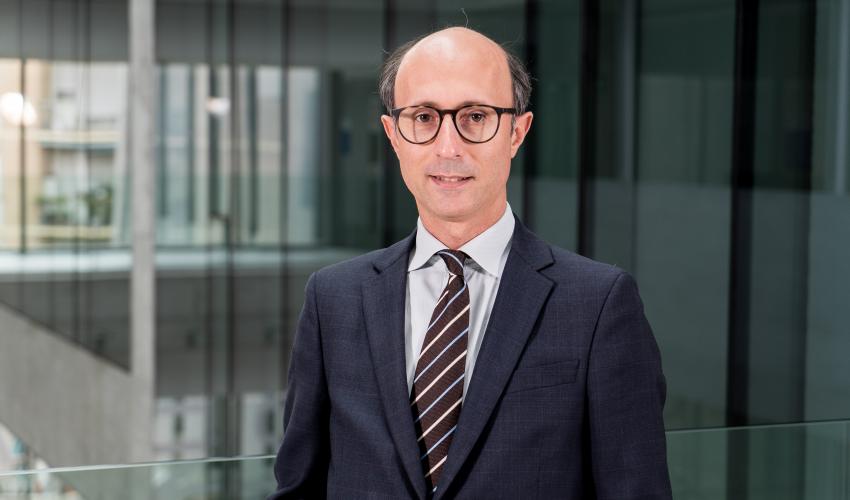
The Phygital School
HYBRIDIZATION OF PHYSICAL AND DIGITAL MODELS OF LEARNING, PERSONALIZED TRAINING PATHS, VIRTUAL CLASSROOMS, ARTIFICIAL INTELLIGENCE: THE FUTURE OF TEACHING IS ALREADY HERE. AND BOCCONI CONTRIBUTES TO ITby Leonardo Caporarello, Rectors delegate for elearning and director of Built
Training models and teaching processes must constantly evolve in response to the socio-economic environment in which they are immersed.
Furthermore, as recent events have clearly highlighted, what until a year ago was considered an opportunity to be explored - remote learning and teaching - has now become a necessity, sometimes to be implemented very quickly.
How prepared are we in dealing with the current situation and, above all, how are we going to plan for the near future? “Being prepared” should be understood as a dynamic and not a static condition. Consequently, the training processes that support “continuous education” require reference models consistent with the characteristics of an environment with different levels of complexity.
It is evident that digital technology plays an essential role, however we must avoid falling into the trap of its "overestimation". It is first of all important to define the educational objectives (to develop one or more skills) for the achievement of which the most effective use of available technologies must be made.
Thus, the learning paths will be constructed in such a way as to make students live real "personalized training experiences" for each one of them. The educational experience will be multidimensional, that is it will be the result of an appropriate combination of content format, teaching methods, temporally distributed activities (in synchronous and asynchronous modes), place (online and in person) and type of interaction (individual, group). In other words, several teaching methods will be used, through which students, individually and in groups, will be involved in synchronous and asynchronous activities, in physical and virtual environments, with various levels of interaction (between students, between groups of heterogeneous students, between students and simulated environments). In other words, the educational model will be phygital (Physical+Digital). The learning experience will be supported learning analytics feedbacks, processed by the instructor and by AI systems, capable of giving suggestions and indications on the progression of one's learning throughout the entire experience.
There are many experiments with educational innovation that insist on one or more of the above dimensions. Experimentation with virtual reality will see significant growth: the VR for education market is expected to increase from current $8.3 billion to $30 billion by 2025. Here are some examples. YouTube has created a VR channel where you can browse 360-degree videos, for a more immersive experience. Students of the Yale School of Arts already have access to a digital creative area that allows them to fully virtually experience space in the three dimensions. Virtual reality will be increasingly used to support the development of behavioral skills, for example to simulate a team work experience in a common virtual site, even if all members are physically separate; or, by combining virtual reality with Google's Natural Language AI, it is possible to create a digital space where students can train for effective presentation skills and to manage body language and emotions, something that US multinationals Cognizant and Hewlett Packard Enterprise are experimenting with. Another example of the use of VR is to create an environment through which students can "enter" a courtroom and take part in a trial, as is done at the University of Westminster, or have access to an operating room to witness neurological surgery as it is done in UCLA's Surgical Theater.
Experimentations are also carried out in many other areas, including: configuration of the classrooms, as IE Business School has done; at Bocconi we are developing the concept of the “phygital classroom”; preparation of the faculty through webinars and other support initiatives and faculty training programs, such as Stanford's Center for Teaching and Learning and Bocconi's Faculty Training Hub.
The educational experience can become part of a wider ecosystem in which each student, also on the basis of his/her growth objectives, interests and aspirations, can integrate professional and educational experiences. In this way they can co-plan their lifelong learning path, for the continuous updating of skills necessary to be prepared to face the present while in the future, as also emphasized in the guidelines issued by the Italian Ministry of Education on 4 May 2021.
